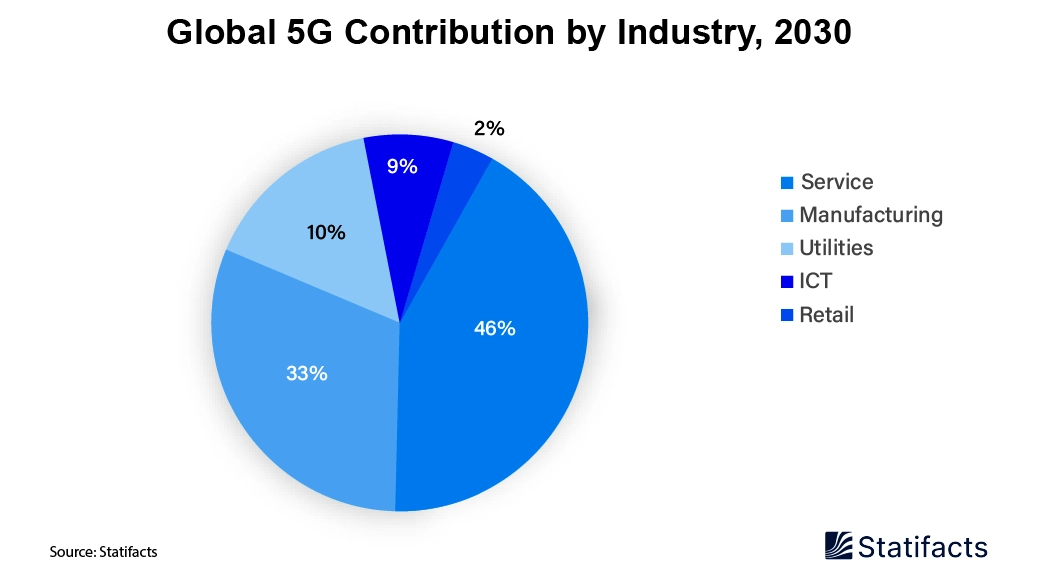
19 May 2025
As connectivity technologies evolve, 5G and Wi-Fi 7 are emerging as dominant forces shaping the future of the internet with advancements in semiconductor innovation. These technologies promise ultra-fast speeds, low latency, and increased device density. As per IDC and Deloitte, the global adoption of both standards is accelerating, with 5G dominating wide-area mobility, and Wi-Fi 7 targeting ultra-fast indoor connectivity. The real battle lies in the semiconductor innovations powering this convergence.

According to Deloitte’s 2024 Telecom Outlook, global 5G network subscriptions are expected to exceed 5.9 billion by 2027, driven by enterprise, IoT, and AI applications. This explosive growth creates massive demand for 5G modem chips, mmWave antennas, and beamforming ASICs.
Semiconductor manufacturers like Qualcomm, Broadcom, and MediaTek are embracing new technology, offering unified platforms supporting 5G and Wi-Fi 7. Qualcomm's latest FastConnect 7800 platform combines sub-6 GHz 5G and Wi-Fi 7 in a single chip for seamless switching.
Wi-Fi 7, the successor to Wi-Fi 6E, is projected by IDC to penetrate 80% of high-end routers and smartphones by 2026, especially in developed markets. It supports peak data rates up to 46 Gbps, relying on advanced chipsets with multi-link operation (MLO) and 4K QAM modulation, all demanding next-gen silicon.
According to GSMA, enterprise 5G use cases in manufacturing, smart cities, and remote healthcare are exploding. However, Wi-Fi 7 will dominate home, office, and campus networks, where licensed spectrum is not required.
Five semiconductor-related projects, a whopping US$ 18 billion in investment, have been assigned for infrastructure currently under construction. These projects are expected to create around 80,000 direct and indirect jobs, contributing to the growth of India's semiconductor ecosystem.
A single 5G device may house multiple RF front-end modules, signal processors, and antennas, pushing up the chip count and design complexity. Wi-Fi 7-enabled routers and access points are also becoming silicon-intensive, incorporating multi-core processors, AI engines, and advanced beamforming logic, increasing demand for high-performance, low-latency chips.
Deloitte’s 5G Adoption Study notes that 5G and Wi-Fi 7 will coexist, but device makers are pushing dual-connectivity chipsets to offer uninterrupted user experiences. This co-evolution is expected to boost the semiconductor market for wireless SoCs by over $20 billion by 2026.

There are many variations of passages of Lorem Ipsum available, but the majority have suffered alteration in some form
URL TO BE USED AS REFERENCE LINK:
Placeholder content for this accordion, which is intended to demonstrate the .accordion-flush class. This is the first item's
accordion body.
Placeholder content for this accordion, which is intended to demonstrate the .accordion-flush class. This is the second item's
accordion body. Let's imagine this being filled with some actual content.
Placeholder content for this accordion, which is intended to demonstrate the .accordion-flush class. This is the third
item's accordion body. Nothing more exciting happening here in terms of content, but just filling up the space to make it look, at least at
first glance, a bit more representative of how this would look in a real-world application.
Do you still any question?
Feel free to contact us anytime using our contact form or visit our FAQ page.
Your contact to the Infographics Newsroom
